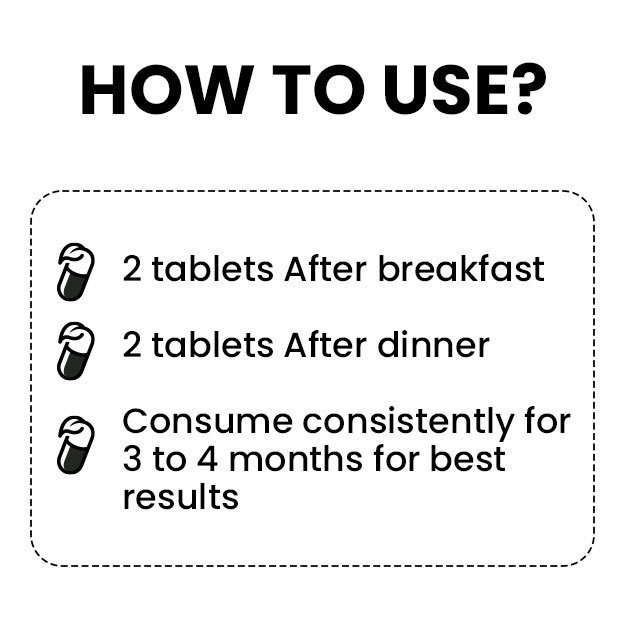Skin cuts are a very common type of injury and every person experiences small or big cuts at some point in their life. While doing everyday work, you can get cut anytime or by anything.
This article explains what is a cut, what to do if you get a cut, symptoms of infection if you get a cut, what not to do if you get a cut and when to go to the doctor if you get a cut.
(Read more - First Aid types and tips)



























